Universal Resource Network (URN) Identified by Unique Resource Identifiers (URI)
By Prakash Chand Sharma
Abstract
This research paper explores the concept of the Universal Resource Network (URN) and its underlying mechanism based on Unique Resource Identifiers (URI). The URN represents a novel approach to connecting global information resources in a unified system. This paper aims to provide an in-depth understanding of the URN model, its architecture, and the role of URIs in enabling scalable, efficient, and structured access to diverse digital assets.
Introduction
In the digital age, the exponential growth of information necessitates robust systems for organizing, accessing, and managing resources efficiently. The Universal Resource Network (URN) emerges as a transformative solution, leveraging the power of Unique Resource Identifiers (URI) to create an interconnected web of global resources. By offering a scalable and secure structure, the URN has the potential to revolutionize data retrieval, sharing, and collaboration.
Objectives
-
Explore the architecture and components of URN.
-
Analyze the role of URIs in resource identification.
-
Examine practical applications of URN in business, research, and innovation.
-
Provide insights into future trends and challenges.
The Concept of Universal Resource Network (URN)
The URN is a conceptual framework designed to unify the access and organization of global resources—data, digital assets, and services—within a coherent network. Unlike conventional resource models, URN ensures a seamless, scalable approach to connecting disparate systems.
Key Features
-
Scalability: Ability to manage a vast number of interconnected resources.
-
Security: Robust protocols for data access and authentication.
-
Efficiency: Faster resource retrieval and lower latency.
-
Standardization: Unified formats for global resource access.
Unique Resource Identifiers (URI)
Definition
A Unique Resource Identifier (URI) is a standardized string used to identify a specific resource within the URN. It provides a global naming system that ensures each resource is uniquely identifiable.
Structure
A URI typically comprises three components:
-
Scheme: Defines the protocol (e.g., HTTP, FTP).
-
Authority: Specifies the domain name or resource owner.
-
Path: Provides the specific location of the resource.
Example
http://www.example.com/resource/file123-
Scheme:
http -
Authority:
www.example.com -
Path:
/resource/file123
Types of URIs
-
Uniform Resource Locator (URL): Identifies the location of a resource.
-
Uniform Resource Name (URN): Provides a persistent identifier independent of location.
-
Internationalized Resource Identifier (IRI): Supports characters beyond ASCII.
Architecture of URN
Components
-
Resource Nodes: Endpoints that store or manage digital assets.
-
Routing Protocols: Algorithms that optimize the path for resource retrieval.
-
Security Layers: Protocols for secure access and data integrity.
-
Management Layer: Tools for monitoring, organizing, and maintaining resources.
Workflow
-
Resource Request: User sends a request using a URI.
-
Routing: The system identifies the appropriate resource node.
-
Access: Secure retrieval or interaction with the resource.
-
Response: The requested data is delivered to the user.
Applications of URN
Business and Commerce
-
Supply Chain Management: Real-time tracking of goods and services.
-
E-commerce Platforms: Improved cataloging and search functions.
Research and Innovation
-
Data Sharing: Simplified collaboration between research institutions.
-
Knowledge Repositories: Creation of global digital libraries.
Government and Public Services
-
Smart Cities: Integration of IoT devices for efficient urban management.
-
E-Governance: Secure access to citizen services.
Healthcare
-
Patient Records: Unified access to medical histories.
-
Research Databases: Accelerated discovery of clinical research data.
Benefits of URN
-
Interoperability: Seamless communication between different systems.
-
Data Integrity: Assurance of accurate and unaltered data.
-
Scalable Solutions: Capable of supporting growing networks.
-
Enhanced Security: Protection against unauthorized access.
Challenges and Future Directions
Challenges
-
Standardization: Achieving global consensus on URI formats.
-
Security Risks: Mitigating potential cyber threats.
-
Data Privacy: Ensuring compliance with regulations.
Future Trends
-
Integration with AI and Machine Learning: Enhanced resource discovery.
-
Blockchain for Security: Decentralized authentication mechanisms.
-
Expansion of IoT Networks: Greater resource diversity.
Conclusion
The Universal Resource Network (URN), powered by Unique Resource Identifiers (URI), represents a paradigm shift in how digital resources are organized, accessed, and managed. By offering a scalable, efficient, and secure framework, URN has the potential to revolutionize various sectors, fostering innovation and collaboration.
References
-
Berners-Lee, T. (2005). Designing the World Wide Web: Technical Contributions.
-
Fielding, R., & Taylor, R. (2002). Principled Design of the Modern Web Architecture.
-
Sharma, P. C. (2025). Innovations in Digital Networking: A Vision for the Future.
-
W3C. (2024). URI/URN Standards and Guidelines.
| Shipping Cost |
|
| Shop Location | B-4/193, chitrakoot scheme, vaishali nagar , jaipur 302021, Rajasthan, India |
No reviews found.
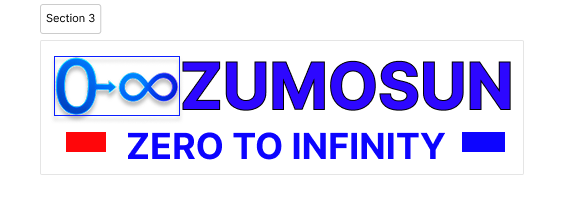
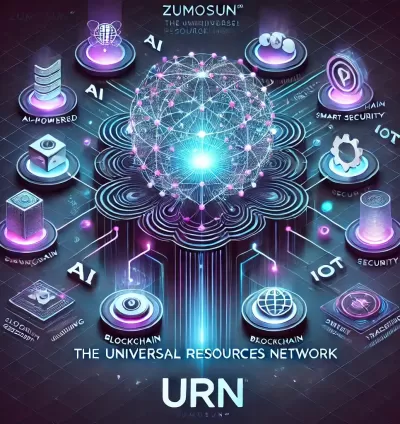





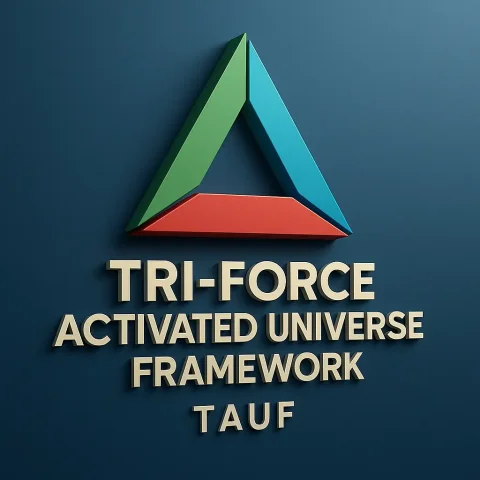
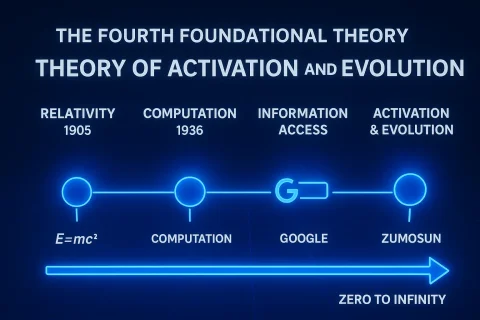
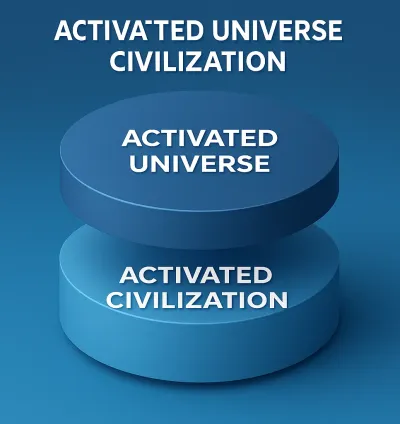


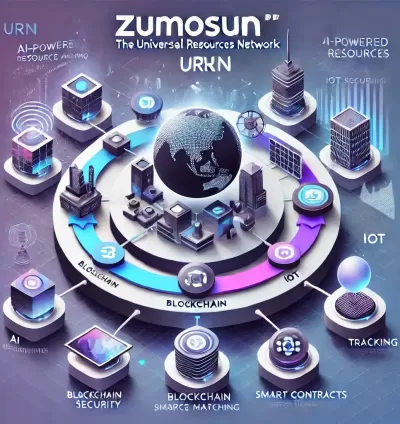

No comments found for this product. Be the first to comment!